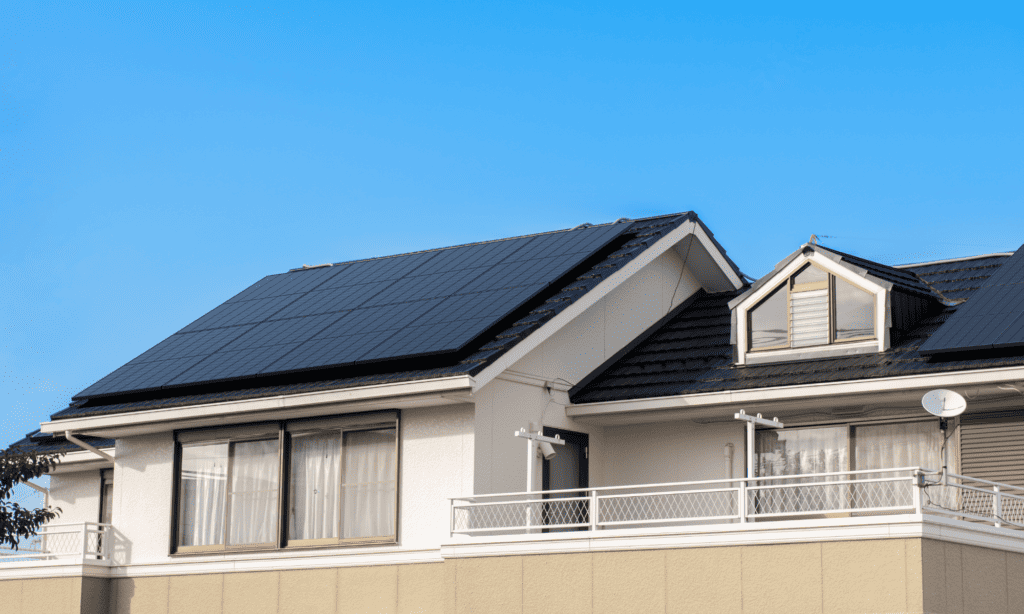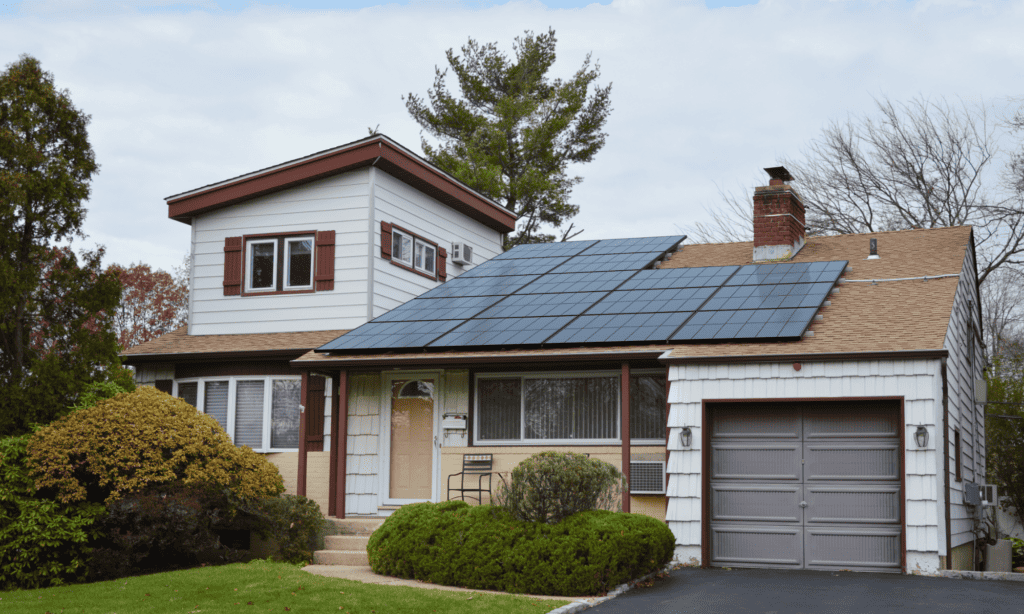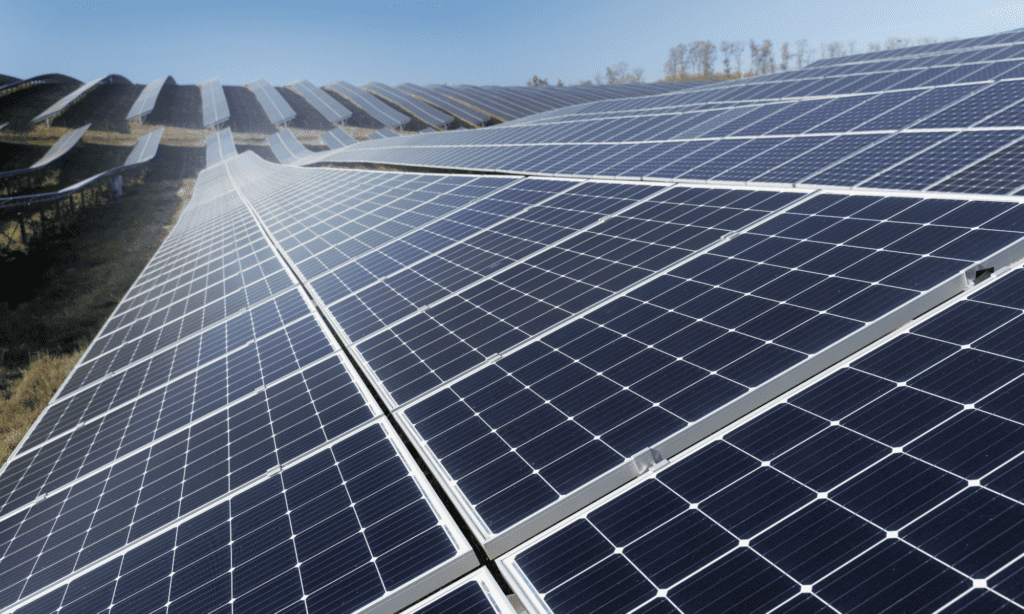Table of Contents
Disclaimer: Before you read this guidance through, please keep in mind that tax matters can be highly individualised and complex. EcoFlow does not provide any assurances or guarantees concerning potential tax credits that may be associated with our products. Any information we provide here in this guidance is solely for educational purposes and shall not be construed as legal advice. We recommend you rely on the expertise of tax professionals for accurate and personalised tax advice.
Solar energy is not just a sustainable choice; it’s a financially smart one, especially in Queensland.
With the government offering various rebates and tax incentives, understanding and accessing these benefits can significantly reduce the initial cost of solar system purchase and installation.
Here, you’ll learn about the solar rebates available in Queensland, how they work, eligibility criteria, and application processes.
Whether you’re a homeowner or a business, these rebates can make transitioning to solar power more affordable and advantageous.
Let’s explore the opportunities that await in sunny QLD.
Small-Scale Renewable Energy Scheme
What Are Small-Scale Technology Certificates (STC)?
Small-Scale Technology Certificates (STCs) are an essential part of Queensland’s Small-Scale Renewable Energy Scheme.
STCs act as a form of currency, representing the amount of electricity a solar system is expected to produce or offset over its lifetime. Essentially, these certificates are created when you install an eligible renewable energy system, such as EcoFlow’s Solar Panels or a solar water heater.

How Does the Incentive Scheme Work?
The incentive scheme allows homeowners and businesses to create and sell STCs, which electricity retailers purchase.
The number of STCs you can produce depends on the amount of electricity your system is expected to generate based on factors like size and location.
When you install a renewable energy system, such as EcoFlow’s Mountable Solar Panels and an eligible portable power station, you’re eligible to create STCs, reducing the upfront cost of your residential solar power system.
The scheme operates under a “deeming period,” which reduces annually, so the sooner you install your system, the more STCs you can generate. This scheme not only makes it more affordable to switch to solar but also encourages the use of renewable energy sources, contributing to a greener future.
What Are Feed-in Tariffs?
Feed-in tariffs (FiTs) in Queensland are a pivotal element in the solar energy landscape, offering a unique opportunity for homeowners and businesses to gain financial returns from their investments in renewable power.
When your solar system produces more electricity than you consume, the excess power is fed back into the utility grid.
In return, you receive a payment from your electricity provider for each kilowatt-hour (kWh) of surplus energy, effectively shortening the payback period of your initial investment.
Understanding FiTs is crucial for anyone considering solar power. Selling excess electricity provides ongoing income and significantly reduces the overall cost of your setup over time, making renewable energy a more viable and attractive option.

How Do Feed-in Tariffs Work in QLD?
In Queensland, FITs serve as a critical mechanism for encouraging the adoption of solar power. They function by providing financial compensation to solar system owners for the excess electricity their system generates and exports back to the grid.
When your system produces more power than your household or business uses, surplus energy is sent to the local power grid. Your electricity provider then pays you a rate for each kilowatt-hour (kWh) of this excess electricity, effectively turning your solar panel installation into a source of income.
The specific rates for these tariffs vary between electricity retailers and can be structured as either fixed or variable.
Implementing FITs aims to offer a financial return on your solar investment and encourage broader use of renewable energy.
By understanding and utilising feed-in tariffs, Queensland residents and businesses can significantly enhance the cost-effectiveness of their solar power systems, making the transition to green energy both economically and environmentally rewarding.
Best Solar Feed-in Tariffs in Queensland
Finding the best feed-in tariff rate in Queensland involves comparing offers from various electricity retailers.
The rates can fluctuate, so reviewing and comparing these offers regularly is beneficial.
Some providers may offer higher rates, but it’s essential to consider other factors, such as the cost of electricity and the terms of the contract.
Opting for an efficient solar solution maximises the energy you feed into the grid, enhancing the financial benefits of these tariffs.
Remember, while a higher feed-in tariff is advantageous, the overall savings and earnings will depend on your system’s efficiency and energy consumption patterns.

How Much Is the Solar Rebate in QLD?
Understanding the value of solar rebates in Queensland is crucial for calculating the cost-effectiveness of your installation.
The rebate amount primarily depends on the number of Small-Scale Technology Certificates (STCs) your system is eligible for.
How Many STCs Will I Receive?
The number of STCs you receive varies based on several factors:
- Size and capacity of your solar system
- Geographical location
- The deeming period set by the government
Typically, the larger your system and the more sunlight your location receives, the more STCs you can generate.
How Do You Calculate Solar Rebates?
Calculating your solar rebate involves determining the number of STCs your system can create. Each STC represents one megawatt-hour (MWh) of renewable energy your system is expected to produce over its lifetime. The formula considers the system’s capacity, the deeming period, and the specific zone rating of your location in Queensland.
The total number of STCs is then multiplied by the current market price for STCs, which fluctuates based on supply and demand. It’s important to note that these rebates can significantly lower the upfront cost of your solar system, making renewable energy solutions like those offered by EcoFlow more accessible and affordable.
Who Is Eligible for Solar Rebates in QLD?
In Queensland, the eligibility for solar rebates is defined by a set of criteria to ensure that renewable energy incentives are accessible and fairly distributed.
Individuals or businesses interested in availing themselves of these rebates must first consider several vital factors.
Firstly, the solar panel system to be installed must conform to Australian standards and be installed by a professional accredited by the Clean Energy Council (CEC).
Accreditation ensures the system is safe, efficient, and compliant with national renewable energy guidelines.
Additionally, the applicant must own the property where the solar system is installed — whether for residential, commercial, or industrial use.
The ownership requirement is critical to ensuring that the rebate’s benefits directly reach those investing in solar installation.
Another important criterion is that the solar system must be new and not previously used for claiming STCs.
Incentivising new installations encourages the adoption of the latest technologies and prevents the re-use of older, less efficient systems for rebate claims.
Finally, applying for the STCs within a year of the solar installation is essential.
The year-long window helps maintain a consistent and up-to-date record of renewable energy installations and ensures rebates are awarded for recent and relevant solar projects. For those looking to benefit from feed-in tariffs, it’s important to note that eligibility might vary slightly and generally depends on the policies of the electricity retailer. In essence, having a grid-connected solar system and an agreement with a participating electricity retailer is typically required.
By adhering to these requirements, residents and businesses in Queensland can effectively navigate the path to obtaining solar rebates, making the transition to renewable energy both economically and environmentally beneficial.
How to Apply for the QLD Solar Rebate Scheme?
Applying for the Queensland Solar Rebate Scheme is a straightforward process that can be broken down into a few key steps.
Each step ensures you meet all requirements and maximises benefits from the scheme.
Step 1: Verify Eligibility and Choose an Accredited Installer
The first step involves confirming your eligibility for the rebate. Once eligibility is confirmed, select a Clean Energy Council (CEC) accredited installer to ensure your solar system is installed according to Australian standards.
Step 2: Install Your Solar System and Document the Process
After choosing an accredited installer, proceed with installing your solar system. During this phase, keep all documentation related to the purchase and installation, as these will be required for the rebate application. This documentation often includes invoices, a statement of compliance, and proof of payment.
Step 3: Submit Your Application for STCs
Once your system is installed, your installer will usually assist you in creating and submitting your Small-Scale Technology Certificates (STCs) application. This involves calculating the number of STCs your system is eligible for and submitting the application to the Clean Energy Council.
When Will SREs End in QLD?
The Small-scale Renewable Energy Scheme (SRES), under which STCs are issued, is currently slated to continue until 2030. However, the value of STCs is gradually reduced each year under a mechanism known as the “solar deeming period.”
The sooner you install your solar system, the more financial benefit you can gain from the scheme.
It’s essential to stay updated with any changes to the scheme and plan your solar installation accordingly to maximise your benefits.

Final Thoughts
Queensland’s solar rebate schemes, including the Small-Scale Renewable Energy Scheme and feed-in tariffs, offer significant financial incentives for those transitioning to solar power.
By understanding the eligibility criteria, the process of applying for STCs, and maximising feed-in tariffs, residents and businesses in Queensland can make an economically sound and environmentally friendly choice.
Remember, the earlier you install your solar system, the greater the benefits under the current scheme.
Explore EcoFlow’s range of efficient solar solutions, like our collection of solar panels, to start your renewable energy journey and capitalise on these rebates.


